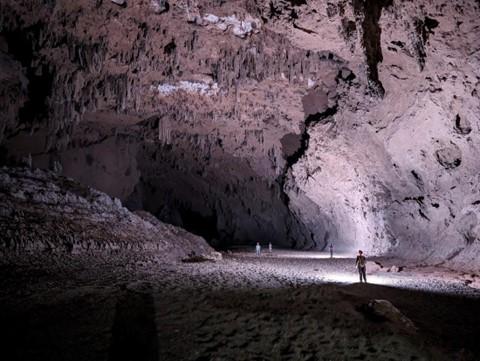Related Stories
- Lake Havasu Fisheries Improvement Program: Thirty years of stewardship, science, and community
- Building for birds: Scouts support public lands
- BLM dispersed camping rules enforced through local action and Tooele County partnership
- Partnership drives ongoing habitat restoration in Muddy Creek watershed
- Spencer Hot Springs National Public Lands Day cleanup



